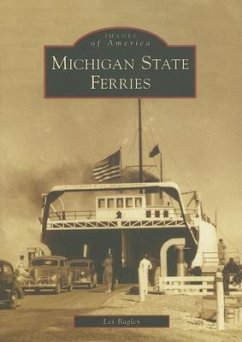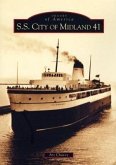For half a century, the Mackinac Bridge has connected Michigan's peninsulas. Before that, only ferryboats crossed the historic Straits of Mackinac. Huge, ice-crushing railroad ferries first appeared in the 1880s. But by the 1920s, growing automobile ownership, improved roads, and creative tourism promotion brought demands for better, cheaper, and more frequent service. Politicians listened, and in 1923, Michigan became the first state to operate a ferry as part of its highway department. The "Great White Fleet" began with just a tiny used boat and ended with a flotilla including the largest, most powerful ice-breaking ferry in the world. The operation became the biggest employer in the region while battling severe winter weather, partisan politics, and ever-growing lines of summer motorists. Over 34 years, Michigan State ferries united communities, built businesses, and transported millions of eager tourists and travelers across the Great Lakes' "Water Wonderland."








